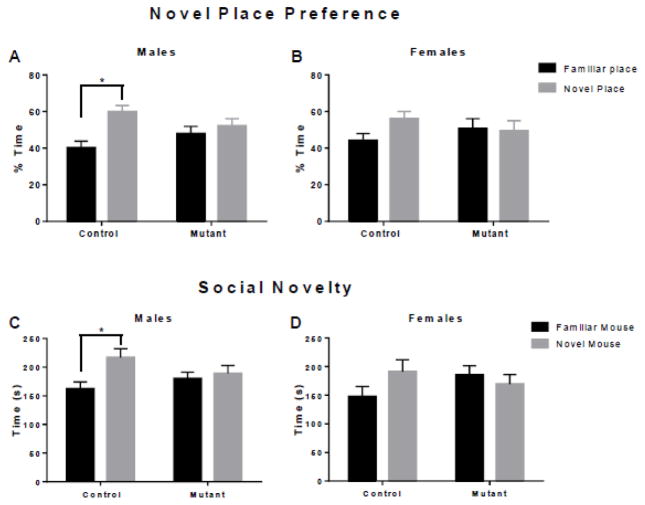Figure 2. Impaired recognition memory in mutant DISC1 mice.
(a) Novel place recognition test; control but not mutant DISC1 male mice spent significantly more time exploring an object moved to a novel place compared to the identical object remaining in the familiar place; the Y axis shows the time of exploration of the object in the familiar (black bar) or the novel (grey bar) place as the percentage of the total time spent exploring two objects in both places; n=12–16 in each group; * denotes p< 0.05;
(b) Control but not mutant DISC1 female mice displayed a strong trend towards preference for the object moved to the novel place, n=9–13 in each group; all labels are same as in (a);
(c) Social novelty preference test; control but not mutant DISC1 male mice spent significantly more time exploring an unfamiliar mouse compared to the familiar one; the Y axis shows the time of exploration of familiar (black bar) or novel (grey bar) mouse as the percentage of the total time spent exploring two mice; n=12–16, * denotes p<0.05;
(d) Control but not mutant DISC1 female mice showed a strong trend towards preference for an unfamiliar mouse, n=9–13; all labels are same as in (c).

